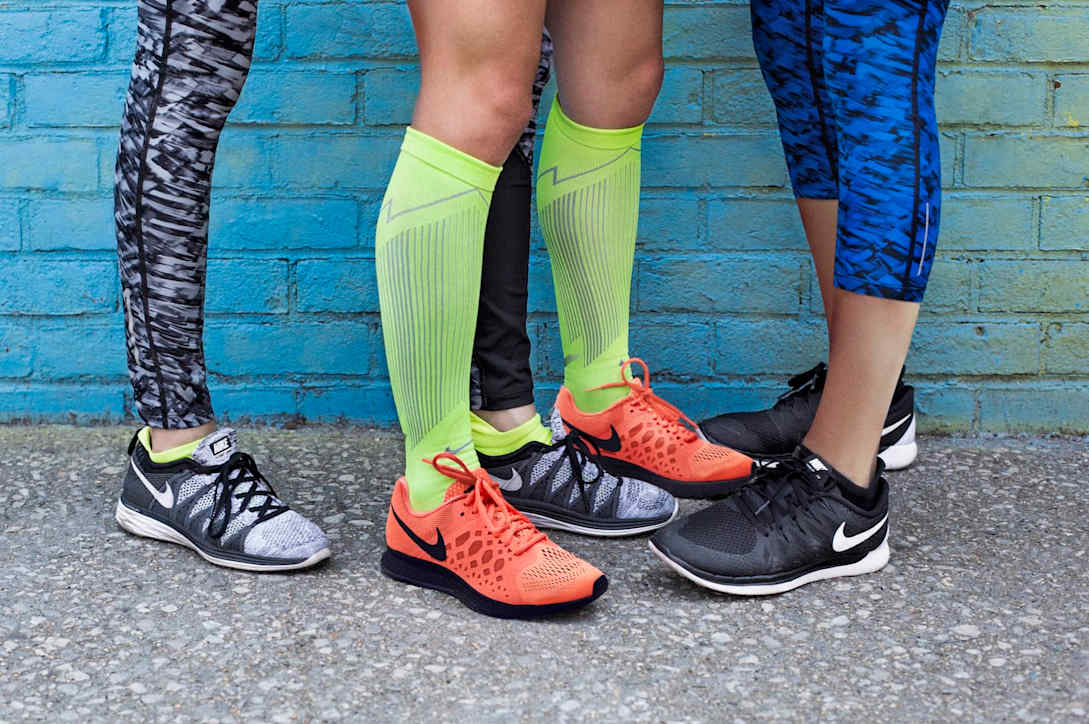When it comes to running, the choice between trail running and road running shoes is crucial as it directly impacts performance, comfort, and injury prevention. Despite serving the same fundamental purpose of supporting runners, these two types of shoes are designed with distinct features tailored to different terrains and running needs.
One of the most significant differences lies in their terrain – specific design features. Road running shoes are engineered for smooth, hard surfaces like asphalt and concrete. They prioritize a lightweight build and a sleek design to facilitate efficient movement on flat and even ground. In contrast, trail running shoes are built to withstand the rigors of uneven, rugged, and often unpredictable terrains such as dirt paths, rocky trails, and muddy surfaces. They typically have a more robust construction, with reinforced toe caps and heels to protect against rocks, roots, and other obstacles. The uppers of trail running shoes are often made from durable, water – resistant materials to keep feet dry and safe in various weather conditions and terrains.
Tread patterns and outsole materials also vary significantly between the two types of shoes. Road running shoes usually feature relatively shallow and smooth tread patterns. The focus is on providing a reliable grip on paved surfaces without excessive traction that could slow down the runner. The outsole materials are often designed for durability and shock absorption on hard, consistent surfaces. On the other hand, trail running shoes have deep, aggressive tread patterns with widely spaced lugs. These lugs dig into soft ground, mud, and loose gravel, offering superior traction and preventing slips. The outsole materials are typically tougher and more abrasion – resistant to handle the abrasive nature of rough terrains. For example, some trail running shoes use rubber compounds that remain flexible in cold temperatures to ensure good grip even in wintry conditions.
Cushioning and stability requirements differ as well. Road running shoes often come with a more cushioned midsole to absorb the impact of running on hard, unforgiving surfaces. They aim to provide a smooth ride and reduce stress on joints, especially when covering long distances. Stability features in road running shoes may include arch support and motion control elements to correct overpronation or supination for runners with specific gait patterns. Trail running shoes, while they do offer cushioning, also emphasize stability in a different way. Due to the uneven nature of trails, they need to provide better ankle support and prevent the foot from rolling or twisting. Some trail running shoes have a wider base to enhance balance on irregular surfaces, and their midsoles may be firmer to offer more stability rather than excessive cushioning.
For road runners, top picks often include models like the Nike Air Zoom Pegasus, which is known for its excellent cushioning, responsive ride, and lightweight design. The Adidas Ultraboost is another popular choice, praised for its energy – returning Boost midsole that provides a comfortable and propulsive feel. For trail runners, the Salomon Speedcross series is highly regarded. Its aggressive tread pattern and durable construction make it ideal for technical trails. Another great option is the Hoka One One Speedgoat, which combines ample cushioning with excellent stability, making it suitable for long – distance trail runs on various terrains.
In conclusion, understanding the key differences between trail running and road running shoes is essential for every runner. By choosing the right type of shoe based on the terrain and personal running needs, runners can enhance their performance, enjoy a more comfortable running experience, and reduce the risk of injuries. Whether you prefer the smooth, urban environment of road running or the adventurous, natural landscapes of trail running, the right footwear can make all the difference.

